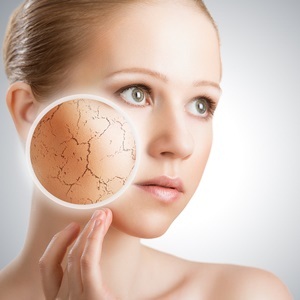
However, in people with compromised immune systems, the disease may become severe and generalised (affecting several sites on the body). It is a very common skin condition in people with HIV/Aids.
Genetic and climatic factors seem to affect the incidence and severity of the disease. It is usually worse in winter.
It is probably caused by a fungus, possibly a species of Pityrosporum.
What is seborrheic dermatitis?
- Seborrheic dermatitis is an inflammatory scaling of the skin.
- In its milder forms, it is visible as dry, itchy dandruff.
- In HIV-positive persons, the dermatitis may become severe and generalised, present on the face, chest and other areas.
- Treatment depends on the severity and location of the illness.
Symptoms of sebborheic dermatitis
Onset in adults is usually gradual. In its milder form, the dermatitis is noticeable as a dry or greasy scaling of the scalp (dandruff), which can be itchy.
In severe disease, a yellow-red scaly rash can appear along the hairline, behind the ears, in the outer ear, on the bridge and in the folds of the nose, on the cheeks, forehead and scalp, in the eyebrows and along the eyelashes. It may also occur on the chest and in skin folds in other parts of the body.
How is sebborheic dermatitis treated?
Treatment depends on the severity and location of the illness.
In adults
- A corticosteroid lotion can be rubbed into the scalp or other hairy areas until the redness subsides.
- Dandruff shampoos such as Selsun, Gill or Niz also help the scalp.
- Hydrocortisone cream is best for facial areas.
- Anti-fungal creams such as miconazole nitrate may be useful.
- Zinc, sulphur and salicylic acid preparations can be beneficial.
- In very severe cases, a short course of fluconazole (an anti-fungal drug) can be taken by mouth.
In infants
- A mild baby shampoo is used daily.
- Hydrocortisone cream is rubbed in twice a day.
- For thicker lesions, 10% salicylic acid in mineral oil, or a corticosteroid gel is applied at bedtime to the affected areas and rubbed in with a toothbrush.
- The scalp is shampooed daily until the thick scale is gone.
Read more:
How to deal with sebborheic dermatitis



 Publications
Publications
 Partners
Partners














